A flexible carbon dioxide laser caused patients less pain and burning than the more traditionally used pulsed-dye laser in office-based treatment of benign diseases of the larynx, researchers have reported.
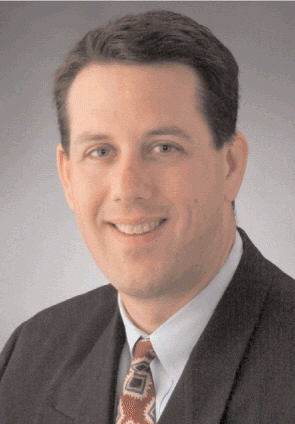

A flexible carbon dioxide laser caused patients less pain and burning than the more traditionally used pulsed-dye laser in office-based treatment of benign diseases of the larynx, researchers have reported.
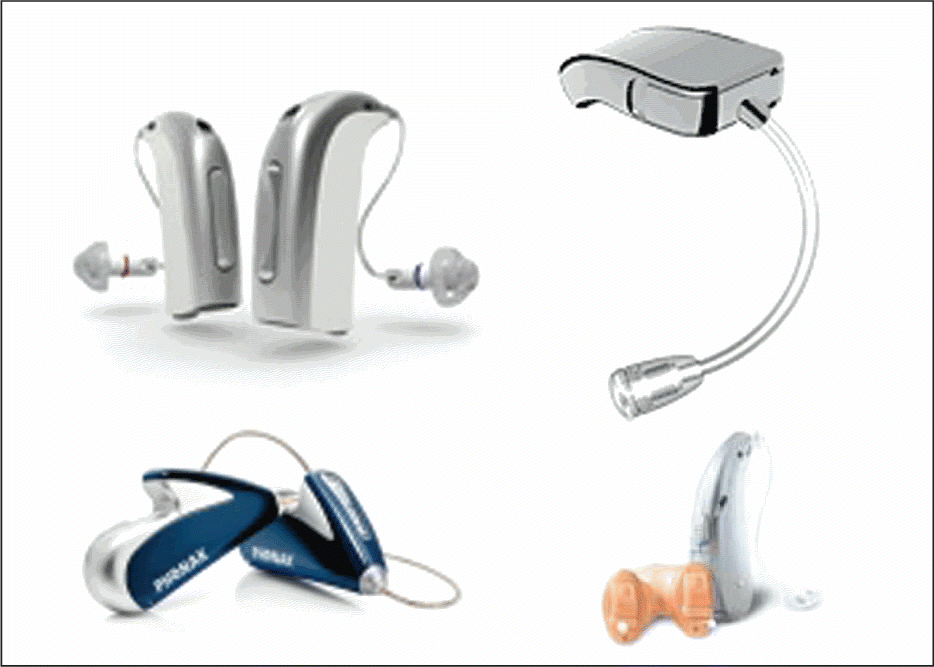
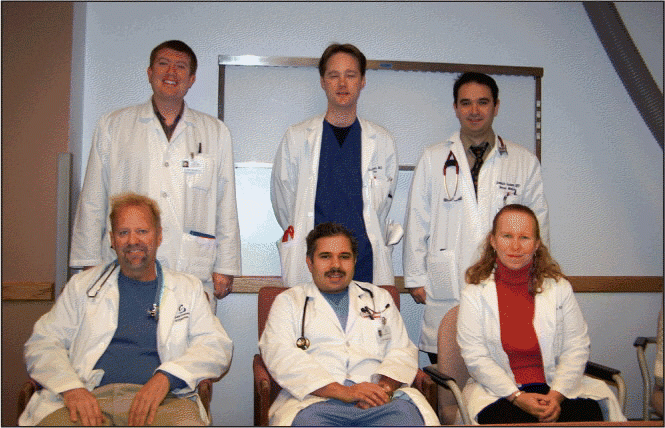
Medical residents used to work shifts so long that fatigue blurred their vision, clouded their judgment, and overall put them on the brink of mental and physical exhaustion.
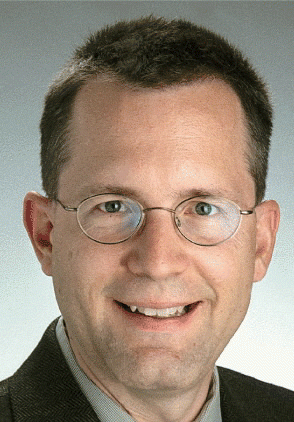
At the 2007 annual meeting of the American Academy of Otolaryngology Head and Neck Surgery (AAO-HNS), investigators from Johns Hopkins University and the University of Kansas reported on a needs assessment that identified a number of issues related to improving the formal assessment of operative competency among otolaryngologists-head and neck surgeons.
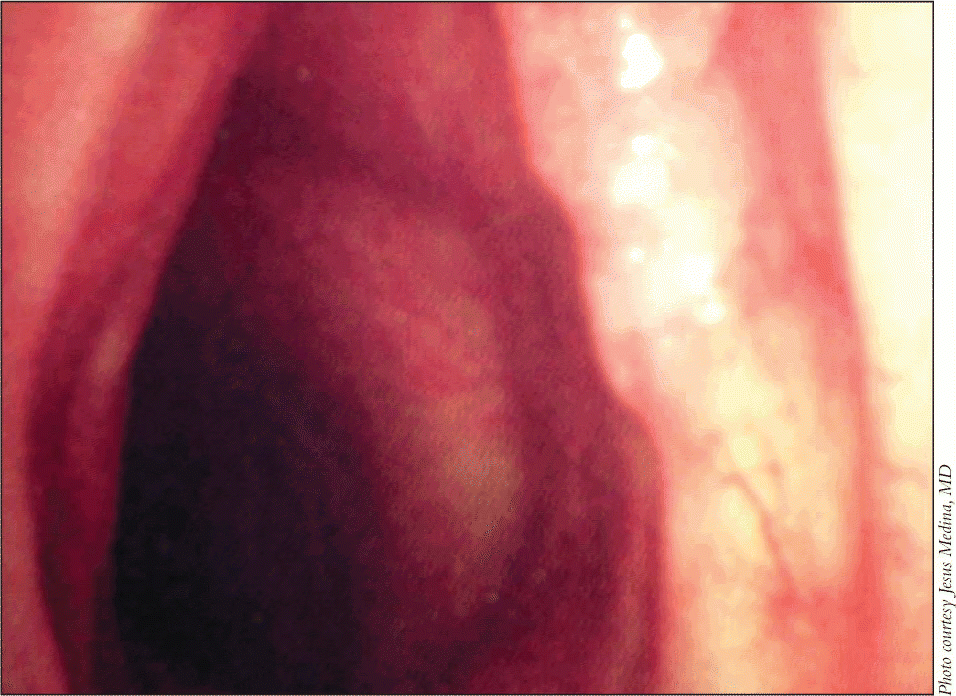

Sublingual immunotherapy (SLIT) is gaining acceptance in otolaryngology circles, but is it really any better than subcutaneous injections?
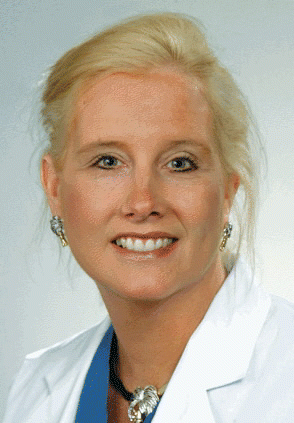
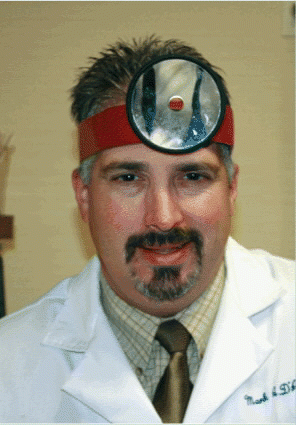
Patients who complain of daytime sleepiness may have obstructive sleep apnea syndrome (OSAS), but otolaryngologists should not assume that OSAS is the sole or even the primary cause, according to experts here at the American Academy of Otolaryngology-Head and Neck Surgery (AAO-HNS) annual meeting.

Meaning disordered eating in Greek, dysphagia is typically translated in English to mean difficulty swallowing. Both phrases capture the profound affect that dysphagia can and does have on the many people afflicted by it.
